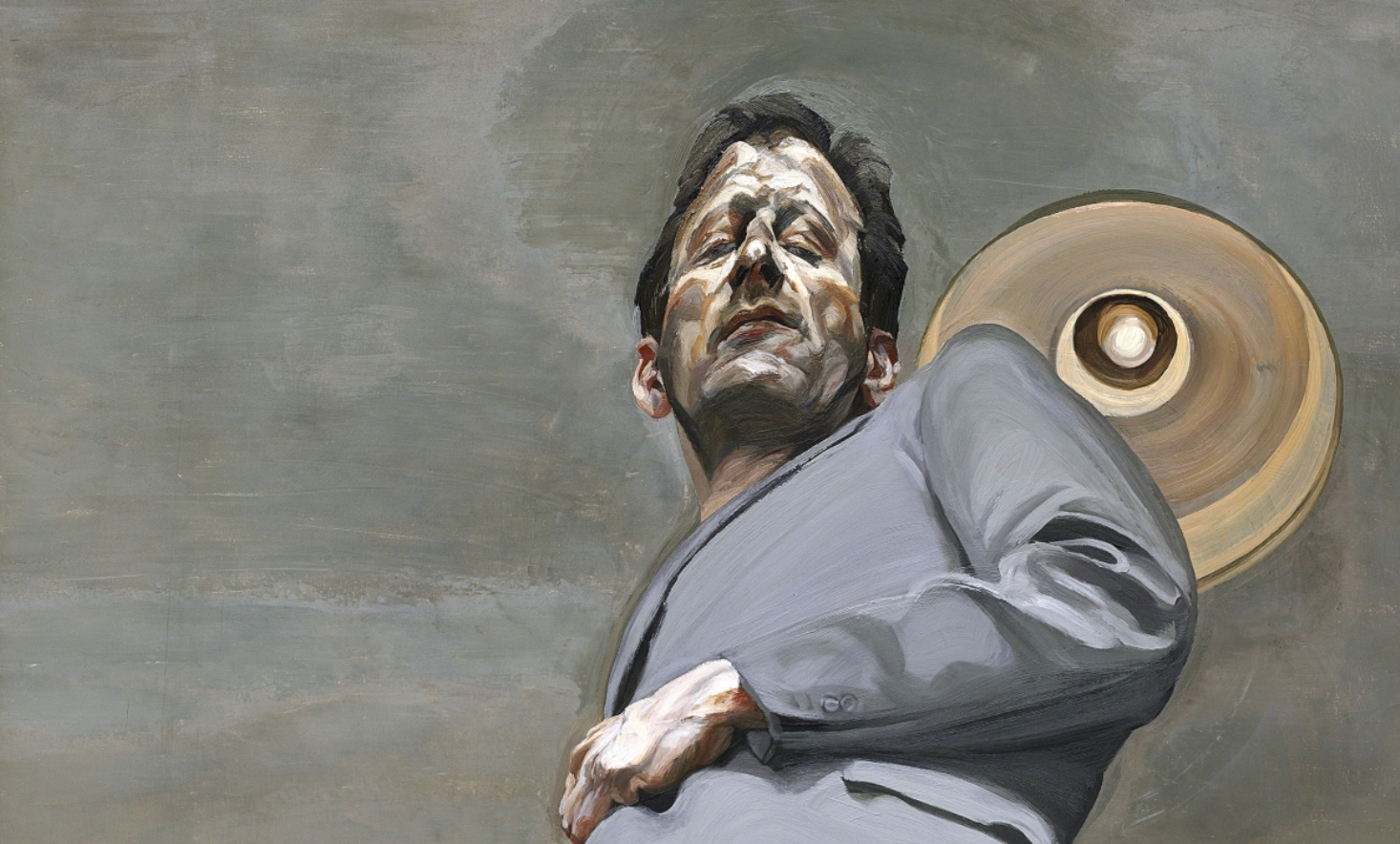How the Diagnosis Is Made
Here are the key signs of Antisocial Personality Disorder (ASPD):
- Indifference to the rights of others, to the idea of right/wrong
- Lying for personal gain
- Insensitivity to others’ feelings or disrespect toward them
- Using charm or wit to manipulate others
- Sense of superiority
- Criminal behavior
- Aggression and threats toward others
- Absence of guilt and remorse for one’s actions
- High-risk behavior
- Irresponsibility, problems fulfilling obligations—at work and in general
Not everything has to be present, but the traits must be consistent over time and manifest in different areas of life, not just one. Additionally, a criterion for the disorder is behavioral problems before age 15:
- Physical violence toward people or animals
- Property destruction/arson
- Lying for gain
- Theft
Like other personality disorders, antisocial personality disorder is a stable behavioral pattern. People with it rarely seek help—perhaps that’s why psychologists rarely write about it, except in articles about “how to save yourself from a psychopath.” As with borderline and some other personality disorders, symptom severity decreases over time.
The specifics of antisocial pd in women
As with many other disorders, in women it can look different than in men:
- Women may not have a history of typical ASPD problems before age 15—despite having all other symptoms (research was done on prison populations).
- Impulsivity and aggression in women are often expressed in self-harm instead of physical violence toward others.
- In psychopathy questionnaires (which is not the same thing as antisocial disorder, but close), women scored higher on items related to financial irresponsibility, impulsivity, lack of remorse, and promiscuity (whatever that means), while men scored higher on items about irritability, aggression, and high-risk behavior.
- Women also have less variety in types of criminal activity.
- Women with antisocial disorder appear more adaptive, capable of strategic planning, and are harder to recognize because it seems they learn better from consequences—even though everyone with ASPD has issues in the area of learning from consequences.
- Again, in prison research, a third of women with antisocial disorder also had borderline personality disorder.
One of the most common complaints and problems for women with ASPD is anxiety disorders. It’s commonly believed that people with antisocial disorder are like Hannibal Lecter, a person without emotions. But actually, anxiety disorders are not just common—they’re practically the only thing that was consistent in the adolescent experience of most adult women with this disorder.
And as usual: standard assessment methods were developed on male samples, so women more often remain undiagnosed.
Wait, they’re not all serial killers?
Most people with antisocial disorder never commit serious crimes. Fights, drugs, theft, and other “ordinary” crimes are more common, simply because they’re more common in general.
Many people with antisocial disorder live ordinary lives, work (though they may change jobs frequently), build relationships (albeit unstable ones). Their problems are most often related to irresponsibility, impulsivity, conflicts, and a pervasive sense of emptiness and boredom. Boredom is actually one of the defining features of the disorder, because the arousal threshold for people with it is very high. What delights and entertains people on average makes no impression on antisocial people. In order to feel something, they need to do something very risky/intense/beyond the norm.
It’s commonly believed that people with ASPD don’t suffer from it, only others suffer. But actually everyone suffers: living with a constant sense of emptiness and loss of control—well, that’s painful.
Sociopath, psychopath, antisocial—are they all the same?
No, they’re all about different things (though related).
Antisocial personality disorder is an official medical diagnosis from the DSM-5 and ICD-11 classifications.
Psychopathy is not a diagnosis but a research construct that’s assessed using a special scale (PCL-R). Psychopathy includes emotional coldness, lack of empathy, manipulativeness. Not all people with antisocial disorder are psychopaths. There’s also a position according to which psychopathy refers to the most severe part of the spectrum of antisocial traits.
Sociopathy is an outdated term that’s sometimes used informally. It’s practically not used in scientific literature.
What about therapy?
It used to be thought that people with antisocial disorder couldn’t be helped. Now we know that’s not true. The disorder responds to therapy, though working with it is indeed difficult.
What works:
Dialectical Behavior Therapy (DBT)—helps develop emotion regulation skills and impulse management. Internal problems such as emptiness and lack of internal reward “for good things” remain, but self-control helps people end up in prison less often.
Mentalization-Based Therapy (MBT)—teaches understanding of one’s own mental states and the states of others, theoretically helps develop empathy and improve social functioning. It helps change the internal state—but is also better suited for “high-functioning” clients.
Therapy, of course, requires time, money, and motivation. And all of this can be difficult with antisocial disorder. But those who reach specialists can significantly improve their quality of life and relationships.
What’s the conclusion?
ASPD is a complex disorder, but not a sentence. People with this diagnosis are different, symptoms and their severity can differ GREATLY, problems manifest differently, and—they can be helped. Stigma and myths from pop culture only hinder those who truly need support and are ready to work on themselves.
